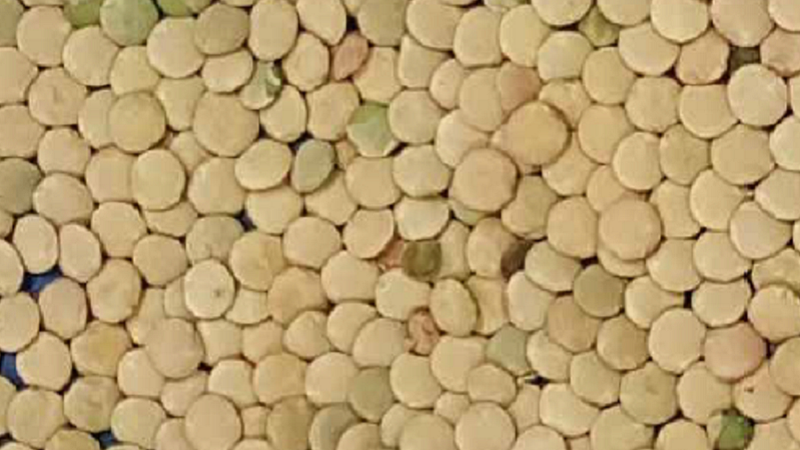
India reduces tariffs on Canadian lentils
OTTAWA, AB. — Pulse Canada has received official word from India, on the fine details on a reduction in lentil tariffs.
Pulse Canada CEO, Gordon Bacon, says Canada and all countries, excluding the United States, will have a reduced lentil import duty rate of ten per cent, with a ten per cent tax on top of that.
The reason? Food inflation is on the rise and the Indian government provided one kilogram of free pulses per family during the COVID-19 lockdown.
“So, eleven per cent for Canadian lentils and all other origins with the exception of the U.S., from the second of June to August 31. The exception with the U.S.is 30 per cent plus ten per cent, or 33 per cent.


